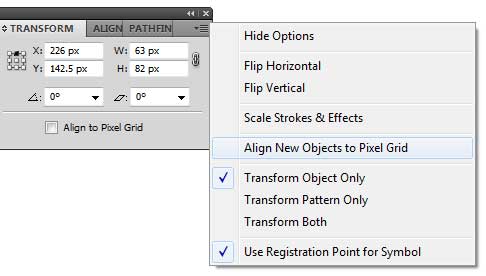

We all have differing backgrounds, obviously - and this is as true for our end-user experiences with software as in any other area. (This has nothing to do with the snap-drag-override that's the subject of this topic, of course it's just one of the really important uses that I have for the fabulous new snap-to-grid feature!) I know I already mentioned pedal marks in my first paragraph, but I'll take the opportunity to reiterate that the grid is virtually indispensable for consistent positioning of the 'Ped.' and '*' marks. It can be corrected by entering that amount as a horizontal offset in the Inspector, sure - but it would be easier if in this particular instance I could just override the grid when I'm dragging. 3 spaces (spatiums? spatia? space units?). I think the actual amount of the shift is. But if I need to move that fingering upwards - let's say, for example, to accommodate the beginning or end point of a slur - the numeral will also shift to the left fraction of a space because of the grid. By default, the numeral is precisely centered over the notehead - as it should be. Assume a fingering with normal Fingering style, positioned above a notehead in the treble clef.

Now, here's where I often need a momentary override for fingerings. The elements I'm talking about positioning include staff text, dynamics, articulations, hairpins, ottavas, fingerings, and old-style pedal marks. That's how I work there's pretty much no downside for me to having it turned ON, as it ensures a consistency in relative positions and distances that relies on vision alone - and that makes sense to me. (Oh no, not that again!)įor purposes of my narrative, consider that our point of departure is the Snap-To Grid is ON.

What prompted my inquiry about the need for occasional momentary overrides is.


 0 kommentar(er)
0 kommentar(er)
